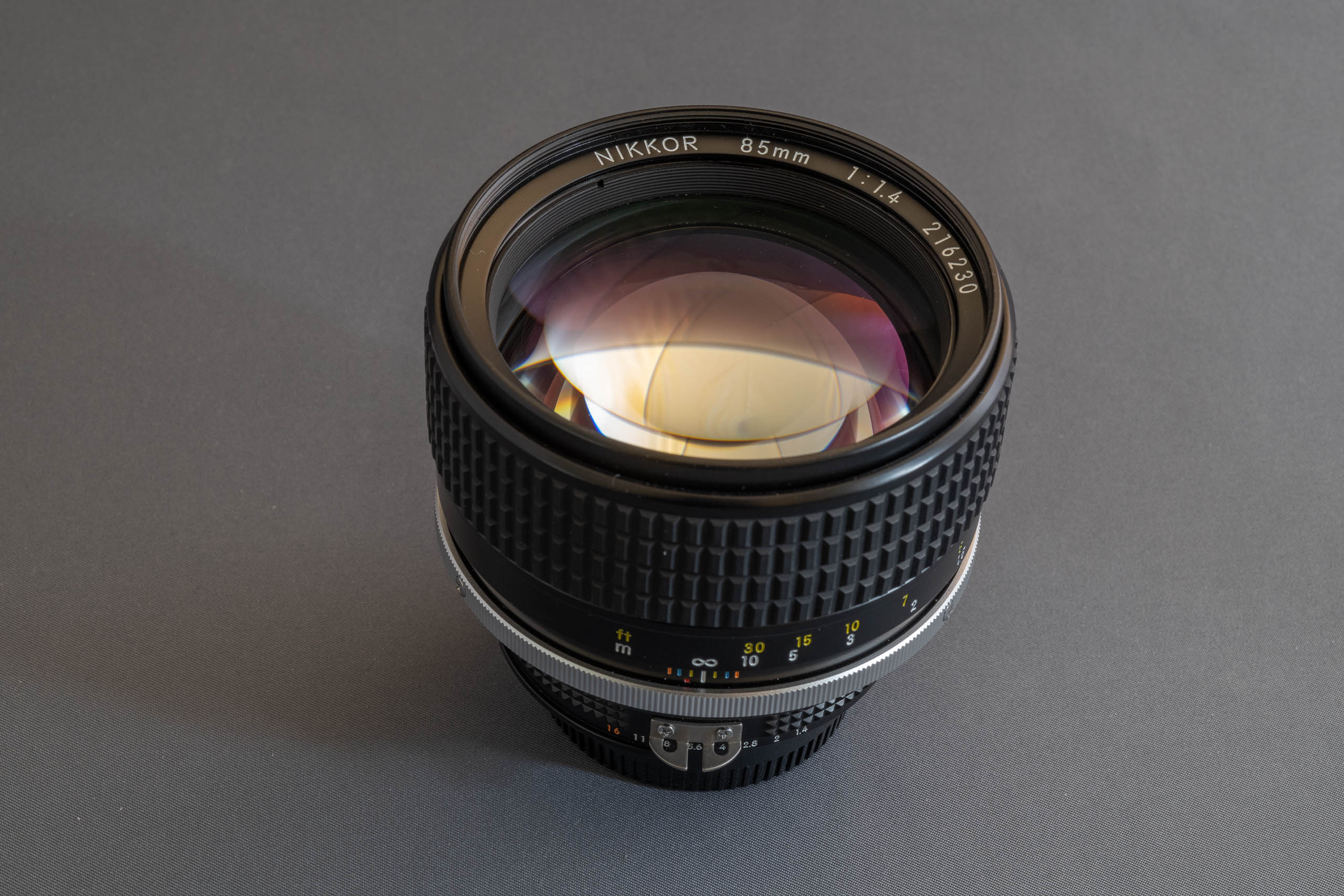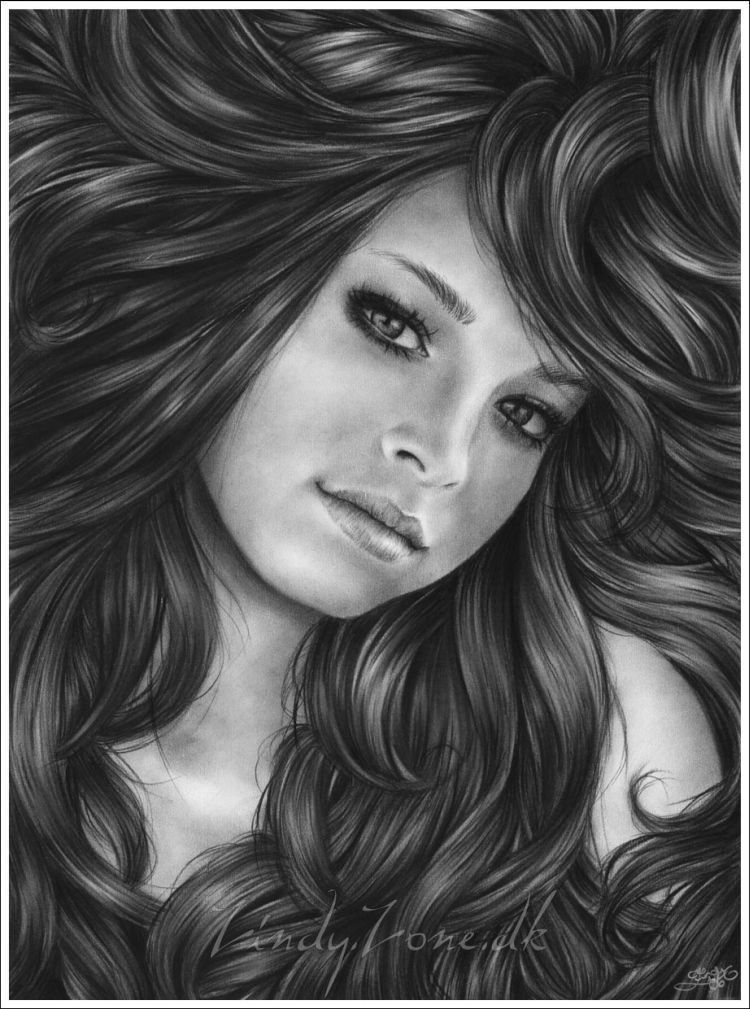
However, bear in mind that with such a wafer-thin depth of field, you should probably expect to end up with a high ratio of duds even if your manual-focus skills are precise, the slightest change in posture could be enough to alter the distance between you and the subject, shifting focus from the eyes towards the nose or ears. And if you want separation from the background, you’ve got it by the truckload. Which is just as well really, as it certainly wouldn’t make a lot of sense to purchase such an incredibly fast (and expensive) lens, and then spend most of your time shooting with it at f/8.įor those who get off on out of focus titillation, bokeh is very attractive. While this makes the 58mm absolutely huge – and predictably heavy – the result is a lens that produces incredibly sharp images even when used wide open. In order to achieve such a feat, Nikon has packed an awful lot of the very finest optics into the lens’s metal barrel. Still, anyone who is more interested in actual photography (as opposed to geeking-out on camera equipment) will likely be perfectly happy with the lens’s performance in this department.Īs they undoubtedly will be with 50mm S on all other fronts too. True, bokeh is always a somewhat subjective matter, and while out of focus rendering here is perfectly good, it’s unlikely to set too many pixel peepers salivating.

However, while this makes for much improved sharpness and optical performance when compared with your average 50mm prime, for some reason it hasn’t resulted in the world’s most impressive bokeh.
#Best lens for portraits full#
Same goes for Z50 users looking for a superbly sharp short telephoto portrait lens, where the 50mm will give you a very pleasing full-frame equivalent of 75mm.Īs with the 85mm S, this lens is chock full of extra groups, elements, and fancy optical coatings. If you’re looking for a lens for environmental portraits, however, and therefore require a wider angle of view, you can probably make this lens your first choice. What more could any portrait photographer ask for? Instead, what you get with the 85mm f/1.8 S is a highly usable lens that delivers on every front and produces fantastic looking images. In any case, for those who like nothing in the photo to be sharp beyond the subjects’ cornea, Nikon’s 58mm Noct lens (see below) has you more than covered. But if the price you pay is that 99% of the image area is totally blurred, it might not be worth the bother anyway. Yes, in low light a wider aperture will permit you to capture some shots you might otherwise have missed.

Sure, some may complain that the 85mm S “only” goes to f/1.8, and not f/1.4 as with Nikon’s F-mount 85mm G lens.īut really, there’s a point beyond which an excessively wide aperture basically becomes unusable in all but the rarest of portrait shooting situations (for more on this argument see below). In any case, Z50 users looking for a portrait lens would likely do better with some of the other options we look at here (such as the 50mm f/1.8, below). As if that weren’t enough, the 85mm f/1.8 S is actually pretty small given the quality of build and all the features it offers.Īlthough it might be a bit front-heavy if used on the Z50.


 0 kommentar(er)
0 kommentar(er)
